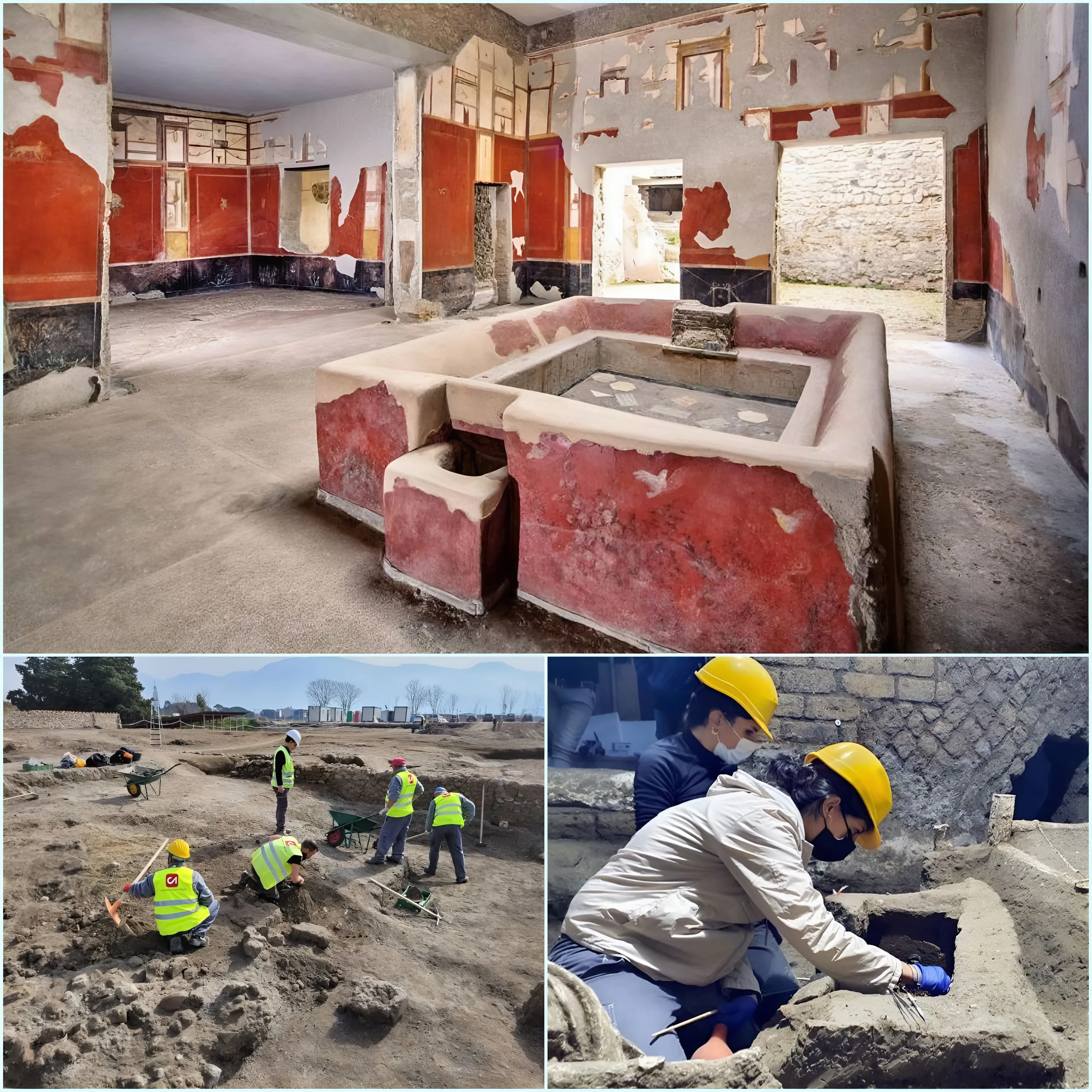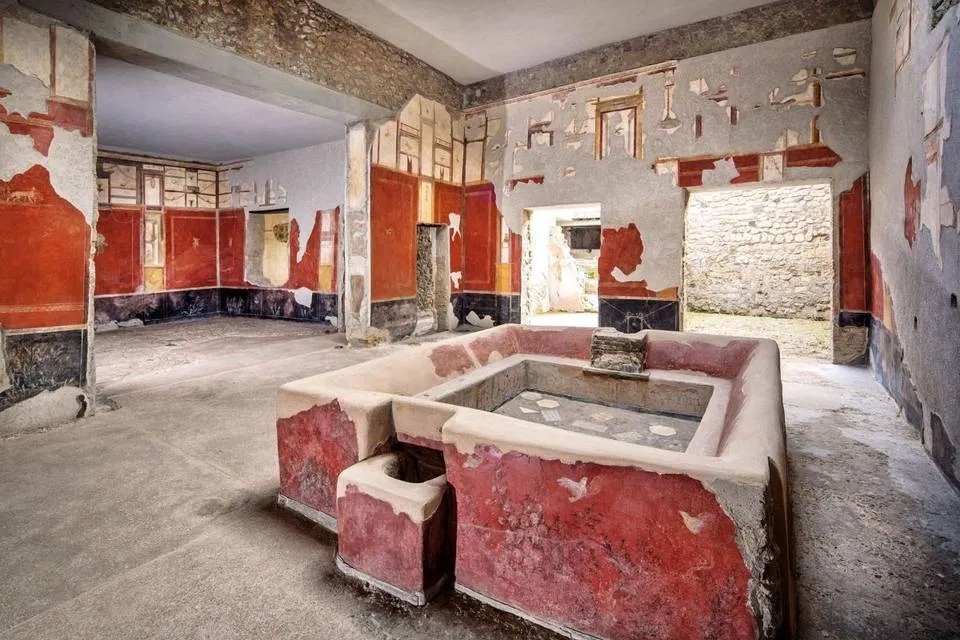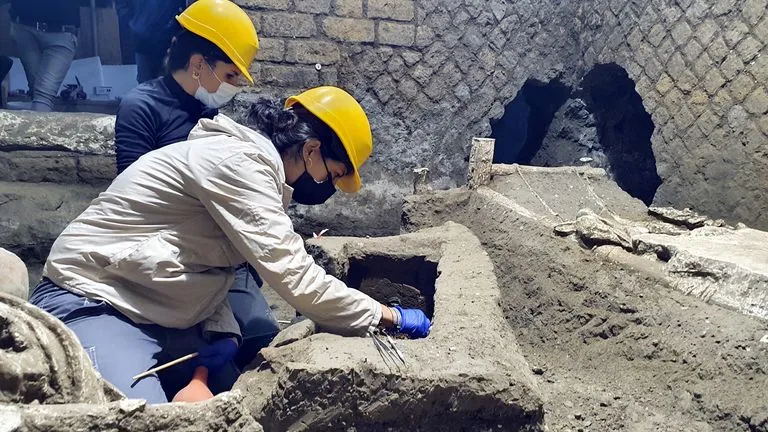
Archaeologists at the Pompeii Archaeological Park in Italy have uncovered a 2,000-year-old ancient Roman dry cleaner, as reported by the Miami Herald. The discovery occurred during excavations in an unexplored section of the site at Insula 10 in Regio IX along the via di Nola. This area, which is approximately the size of a city block, was previously used for farming until it became part of the archaeological park in 2015.

The excavation revealed the remains of several buildings, including a house that was converted into a fullonica, or a laundry shop. In ancient Rome, fullonicas were establishments where launderers were paid to wash people’s clothes. The process involved using human and animal urine collected in pots from city streets. The ammonia in the urine acted as a cleaning agent to counteract dirt and grease stains on the garments. Workers would wash the clothes in vats of water and urine, then stomp on them to ensure thorough cleaning before rinsing and drying them.

This particular fullonica adds to the known examples within Pompeii, such as the Fullonica of Stephanus identified in 1912, which also began as a house before being repurposed into a laundry facility.
Pompeii, an ancient Roman city buried and preserved by the eruption of Mount Vesuvius in 79 CE, has been under excavation for over a century. While only two-thirds of the city has been explored, ongoing archaeological efforts have led to numerous discoveries and restorations, including recent findings like a middle-class home and the reopening of significant sites such as the House of the Vettii.
As researchers continue to stabilize and explore Pompeii, these discoveries provide valuable insights into daily life, industry, and technology in ancient Rome, enriching our understanding of this remarkably preserved archaeological site.





